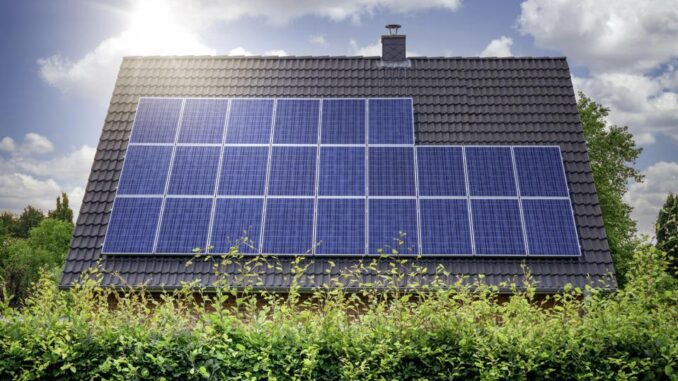
The Inflation Reduction Act (IRA) signed into law by President Biden on August 16, 2022, dedicates $369 billion to combat climate change. This landmark legislation aims to build a clean energy economy and reduce greenhouse gas emissions by approximately 40% by 2030, according to the federal government. One of the most significant provisions of the law financially incentivizes nonprofit organizations to go solar. The IRA allows nonprofits to access the solar investment tax credit (ITC) through a direct pay option.
As nonprofit organizations take advantage of IRA incentives to move to solar energy, mission-driven community-based lenders focused on accelerating the transition to a clean energy future will help these organizations secure low-cost capital to finance these projects.
The U.S. Department of the Treasury noted that the “Inflation Reduction Act recognizes that state, local and Tribal governments, as well as nonprofit organizations and other tax-exempt entities, have played and will continue to play a central role in making investments to build a clean energy economy. To further promote broad-based investment across the country, the Inflation Reduction Act allows these actors to receive certain tax credits as direct payments from the Internal Revenue Service, streamlining these entities’ access to key incentives and supporting their investments in local communities.”
This means schools, hospitals, charities, faith-based organizations, rural electric cooperatives and other tax-exempt entities are now eligible to receive a lump-sum payment — in lieu of a tax credit from the federal government — of at least 30% for eligible energy projects such as installing a solar PV system. That’s good news for nonprofit organizations aiming to lower electricity costs and reduce carbon footprints.
Making clean energy more accessible to nonprofits is also good news for the solar industry. Research firm Rystad Energy projects that the IRA will boost installed solar capacity which will deliver an estimated $110 billion of capital expenditure.
Analyst firm Wood Mackenzie noted that the IRA will bring some much-needed long-term certainty to the renewables sector with total investment in renewables reaching $1.2 trillion through 2035. According to the firm, solar will be a major beneficiary. Solar incentives in the legislation are projected to result in a “67% increase in solar additions between 2022 and 2032 compared to what would have happened without the IRA incentives.”
Prior to the IRA, nonprofit organizations lacked the tax liability to take advantage of ITCs for installing solar systems. With the IRA making solar tax credits more accessible, nonprofit organizations can more easily finance and purchase their own solar systems. Banks focused on environmental sustainability are ready to help fund these projects.
In fact, renewable energy is becoming a key priority for many lenders. To support the UN’s Sustainable Development Goals of affordable and clean energy, sustainable cities and communities, climate action and partnerships, many banks are developing specialized commercial loan products designed to encourage the use of solar energy. These loan products include loans for rooftop solar systems, loans for energy efficiency improvements, sustainably certified commercial real estate financing, and sustainably certified construction loans.
Banks focused on accelerating the transition to clean energy are best positioned to help nonprofits secure advantageous funding for their solar installations. Specialist lenders like Climate First Bank and others have the institutional knowledge and technical know-how to develop innovative funding structures with favorable rates and terms designed to help nonprofits finance these installations.
There is no doubt that the IRA coupled with financing tools that provide funding support for clean energy projects will catalyze nonprofit organizations to deploy solar energy and speed their transition to a net-zero emissions future. Going solar will offer these organizations long-term cost savings while providing the benefits of combatting climate change, creating jobs and bringing new investment into their communities.
Summing up the bottom-line benefits of the IRA, a blog post by Candace Vahlsing, associate director for climate, energy, environment, and science with the White Houses’s Office of Management and Budget, said “the Inflation Reduction Act will help ease the burden that climate change imposes on the American public, strengthen our economy, and reduce future financial risks to the Federal Government and to taxpayers.”



